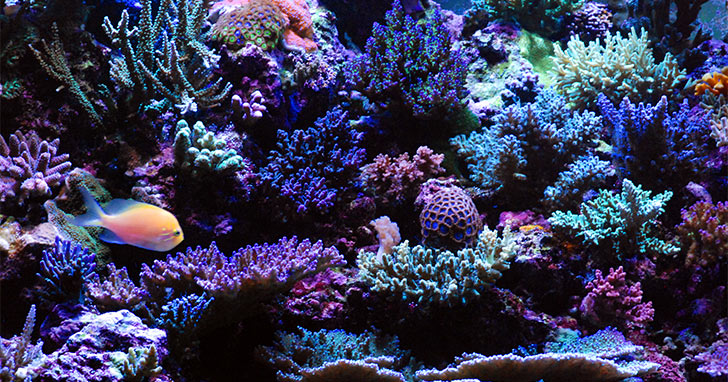FAQs: Reverse Osmosis Water

What is reverse osmosis?
Membrane type determines the amount of dissolved solids a unit is capable of removing. For example, Cellulose Tri-Acetate (CTA) membranes have a removal rate of 88-94%, Thin Film Composite (TFC) membranes remove between 94-98% of dissolved solids, and Hi-S Membranes have higher removal rates, between 97.5-99%, and are especially adept at removing silicates.
Why do I need RO water?
After I produce RO water, can I just add it to my aquarium?
What is the difference between reverse osmosis and deionization?
In most instances, an RO unit serves as a well-rounded filtration method that removes the majority of impurities; coupled with a post deionization filter, the resulting water is 99.9% pure. Many RO units are available as a combined RO/DI unit or are able to accommodate an add-on DI unit that simply attaches to your existing RO unit.
How do I know if my reverse osmosis water is pure?
I am seriously thinking about purchasing a reverse osmosis unit but I am worried that it involves too much maintenance. What kind of maintenance is required to properly run a RO unit?
The life of the membrane and pre-filters will vary depending upon water conditions, but most RO membranes do not need replacing for several years. However, the carbon and sediment pre-filters should be replaced at least every six months. Further extend the life of your RO membrane by using a flush kit on a regular basis. Water pressure and water temperature will also influence performance. Never run hot water through an RO unit: this will severely damage the membrane. The optimal temperature of the input water should be between 70 and 77 degrees Fahrenheit and the optimal water pressure should be 65 pounds per square inch. To achieve this water pressure, an RO pump may be necessary.
We use well water for our freshwater aquarium and we are having a difficult time lowering the pH. We tried using pH conditioners and the pH level will go down for a few days, but then it starts climbing again. What's going on and what can we do?
In order for pH conditioners to work properly, the minerals must first be removed from the source water. The most effective way to do this is through the use of a reverse osmosis unit. They can remove up to 99% of the minerals and other impurities in your water.
I'm having problems with brown algae in my fish-only aggressive marine aquarium. I do regular water changes but with no results. What else can I do to get rid of the brown algae?
Depending on what part of the nation you live in, your source water may contain varying levels of chloramines, nitrate, phosphate, silicates, and other algal nutrients. Test your source water to see if these chemical nutrients are present. Test for ammonia, nitrite and nitrate using a master test kit such as the one from Aquarium Pharmaceuticals. Seachem offers both a silicate test kit and a phosphate test kit. If your source water reads positive for these chemicals there are several steps you can take to remedy the situation.
However, if the introduction of these nutrients stems directly from your source water, the algae will have a constant nutrient source, no matter how many water changes you may perform or how efficient the protein skimmer or the chemical media may be. Thus an RO unit will be your only permanent solution. |
|
|


